Blog Detail
Table of Contents
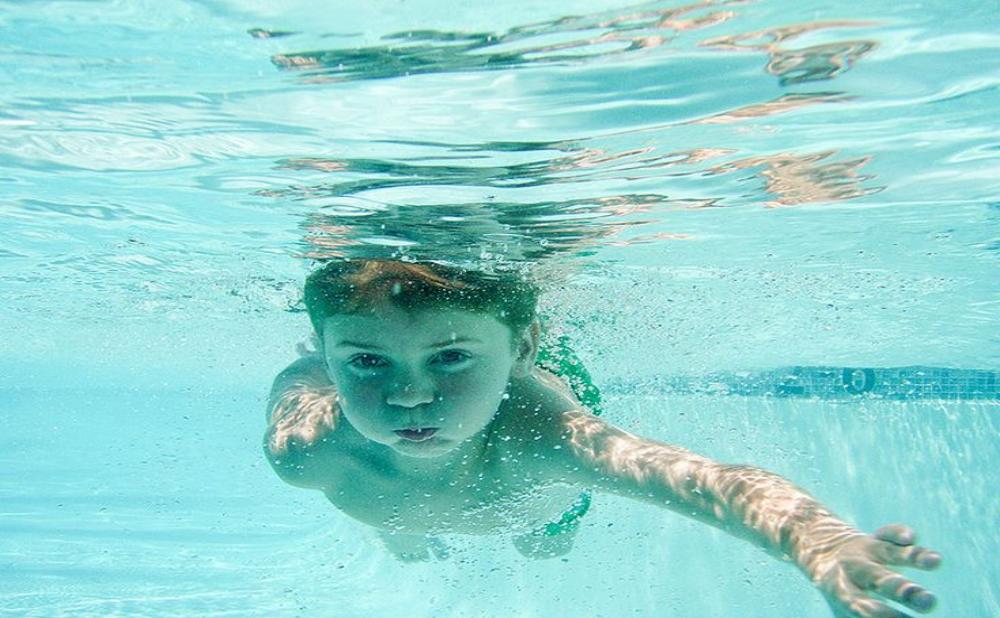
Diving into the Depths of Waterproofing for Aquatic Communication
- Sophia
- May 9, 2025
- 0 Comments
Introduction
Waterproof materials play a key role in underwater communication devices. This blog post focuses on how waterproofing works, especially in devices like the Retekess tt120 underwater communicator. We will examine the materials used, their importance for water sports enthusiasts and swimming instructors, and why reliable underwater communication is essential. We will also discuss challenges in underwater communication, along with key concepts like hydrostatic pressure and ingress protection ratings.
https://www.retekess.com/tt120-waterproof-tour-guide-system#F9681A-F9681BX10-F9681C
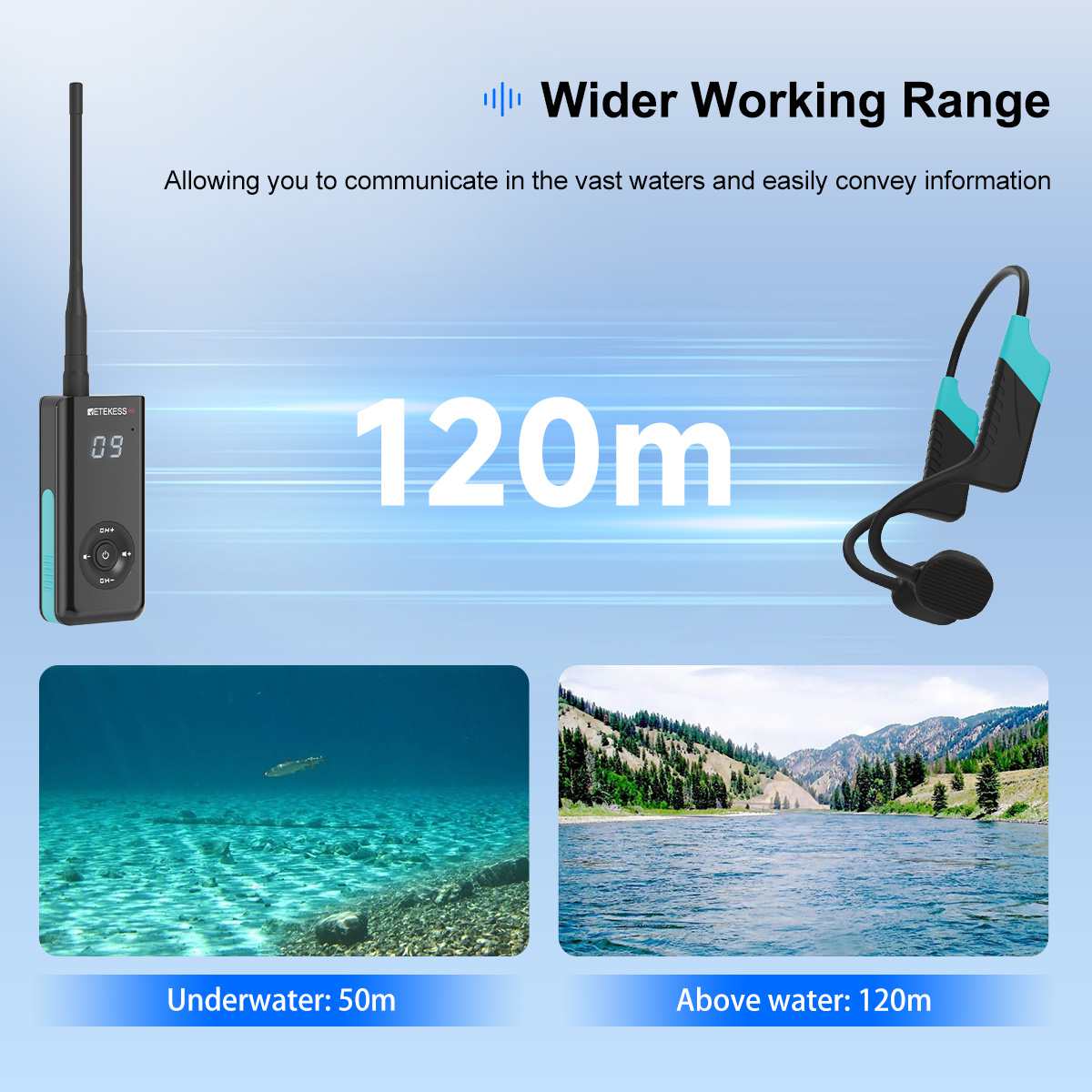
Understanding Waterproof Materials: Key Properties and Types
Title: Key Materials That Make Underwater Communicators Waterproof
Waterproof materials are essential for creating devices that can function underwater. Here’s a breakdown of key waterproof materials:
- Polymers: These include materials like polyurethane, silicone rubber, and neoprene. They are flexible and can create good seals.
- Composites: Materials such as carbon fiber reinforced polymers offer strength and lightweight properties.
- Metals: Stainless steel and titanium are often treated with waterproof coatings, providing durability and corrosion resistance.
Key Properties of Waterproof Materials:
- Hydrophobic Coatings: These repel water at a molecular level. Advanced coatings can prevent water from getting into sensitive parts.
- Elasticity and Flexibility: These properties are important for maintaining seals under pressure or stress.
- O-Rings and Gaskets: Made from materials like nitrile or silicone rubber, they create watertight seals. Regular inspection and maintenance are needed to keep them working properly.
- Temperature Resistance: Extreme temperatures can impact material properties, so devices must be designed to handle a wide range of conditions.
- Saltwater Resistance: Saltwater can corrode many materials, so manufacturers apply protective coatings or use corrosion-resistant alloys.
- UV Resistance: Sunlight can degrade some materials, so UV stabilizers are added to extend their life.
Summary of Waterproof Materials
Choosing the right materials helps ensure that underwater communication devices perform well and last a long time. Understanding the properties of these materials is crucial for maintaining effective and reliable communication while enjoying water sports.
Waterproofing for Underwater Communication
This article explains why waterproof materials are important for underwater communication devices, such as a "tt120" communicator. We will talk about the science behind waterproofing, the materials used, and why this matters for people who enjoy water sports and swimming teachers.
-
Waterproof means something is fully protected from water, no matter how deep or how long it is underwater. Water-resistant means something can keep some water out, but not all.
-
Underwater communication is key for safety (like emergencies), teaching (giving tips in real-time), and working together (for group dives).
-
A "tt120" is a tool to talk underwater. It needs to be waterproof to work well and last a long time.
-
It's hard to send radio waves underwater. So, these devices often use sound to send messages. Waterproofing keeps the device safe from salt water and pressure.
-
These devices are useful for: swimming, diving, snorkeling, underwater hockey, synchronized swimming, building things underwater, and studying the ocean.
-
Here are some words to know:
- Hydrostatic pressure: The pressure from water pushing on something.
- Ingress Protection (IP) rating: A number that shows how well something is protected from solids (like dust) and liquids (like water).
- Acoustic communication: Using sound to send messages.
This article covers the materials used, the technology of waterproofing, and how to keep your devices waterproof.
Understanding Waterproof Materials
We will now look at the materials used to make underwater communicators waterproof.
-
Polymers (like polyurethane, silicone rubber, and neoprene), composites (like carbon fiber), and metals (like stainless steel and titanium) are often used. Each material is good for different parts of the communicator.
-
Hydrophobic materials push water away. Superhydrophobic materials do this even better. This gives extra protection.
-
Materials need to be elastic and flexible to stay waterproof when there is pressure or if the device is bumped.
-
O-rings and gaskets are used to make tight seals. They are often made of rubber. They need to be squeezed correctly to work well.
-
Hot and cold temperatures can change how waterproof materials work. Materials can expand or shrink, which can cause problems.
-
Saltwater can damage materials. Manufacturers use special metals and coatings to stop this.
-
Sunlight can also damage materials. UV stabilizers are added to materials to help.
The Science Behind Waterproofing Technology
This section explains how waterproofing works.
-
IP ratings tell you how waterproof something is. For example, IP68 means something can be underwater for a long time.
-
There are different ways to seal things: compression seals, adhesive seals, and mechanical seals. Each has its own pros and cons for use underwater.
-
The housing (the case) of the device needs to be strong and thick to keep water out under pressure.
-
Pressure testing is done to make sure a device can handle being underwater at certain depths.
-
Adhesives and sealants are used to make waterproof bonds. They need to be strong and flexible.
-
Water pressure increases as you go deeper. This affects how underwater communicators are designed and what materials are used. The formula for hydrostatic pressure is: Pressure = density of water * gravity * depth.
-
Waterproof membranes let air out but not water in. This helps to keep the pressure inside the device equal to the pressure outside.
Underwater Communication Technologies
Waterproof materials are needed for underwater communication to work.
-
Most underwater devices use sound waves to send data. They have special speakers and microphones called transducers.
-
It's hard to send sound underwater because the signal can get weak, bounce around, and there can be noise.
-
Waterproof cases protect the speakers, microphones, and other parts from damage.
-
Other ways to communicate underwater include using light (lasers) or inductive coupling. But these have limitations.
-
Batteries are very important for underwater devices. Waterproofing helps batteries last longer by preventing short circuits.
-
The waterproof housing affects how well sound travels. The material needs to be chosen carefully. Polyurethane is a material which allows better transmission for acoustic signals.
-
Higher frequencies might not travel as well through waterproof materials.
Maintaining the Waterproof Integrity of Your Underwater Communicator
Here's how to take care of your device to keep it waterproof.
-
Clean and dry your device after each use. Salt can cause damage. Use mild soap and water.
-
Store your device in a cool, dry place away from sunlight. Use a case to protect it.
-
Check O-rings for cracks or wear. Replace them if needed. Use silicone grease to keep them working well.
-
Don't open the device unless you have to. If you do, be careful to seal it correctly.
-
Don't use harsh chemicals to clean your device.
-
If you see condensation inside the device, it might not be waterproof anymore.
-
If you are using the device in very cold water or very deep, use special housings.
Case Studies: Examples of Waterproofing in Underwater Communicators (Hypothetical or Real)
Let's look at some examples of how waterproofing is used in underwater devices.
-
Imagine a communication system for a rescue diver. It needs to work in murky water, handle high pressure, and have a long battery life. This would need strong materials and good sealing.
-
Another consideration is whether it’s more effective or more efficient to use epoxy resin or a mechanical seal for waterproofing an underwater microphone.
Future Trends in Waterproof Materials and Underwater Communication
Here are some new things happening in waterproofing and underwater communication.
-
New materials like self-healing polymers and nanomaterials are being developed.
-
Better ways to communicate underwater, like using light and wireless power, are being explored.
-
Artificial intelligence (AI) can help to cancel noise and improve signals.
-
3D printing can be used to make custom waterproof cases.
-
Eco-friendly waterproof materials are being developed.
-
Sensors can be used to detect leaks.
-
Smaller, more powerful batteries might mean smaller waterproof cases are needed.
-
Contact us https://www.retekess.com/contact-us-other
Our website:https://www.retekess.com/tt120-waterproof-tour-guide-system#F9681A-F9681BX10-F9681C

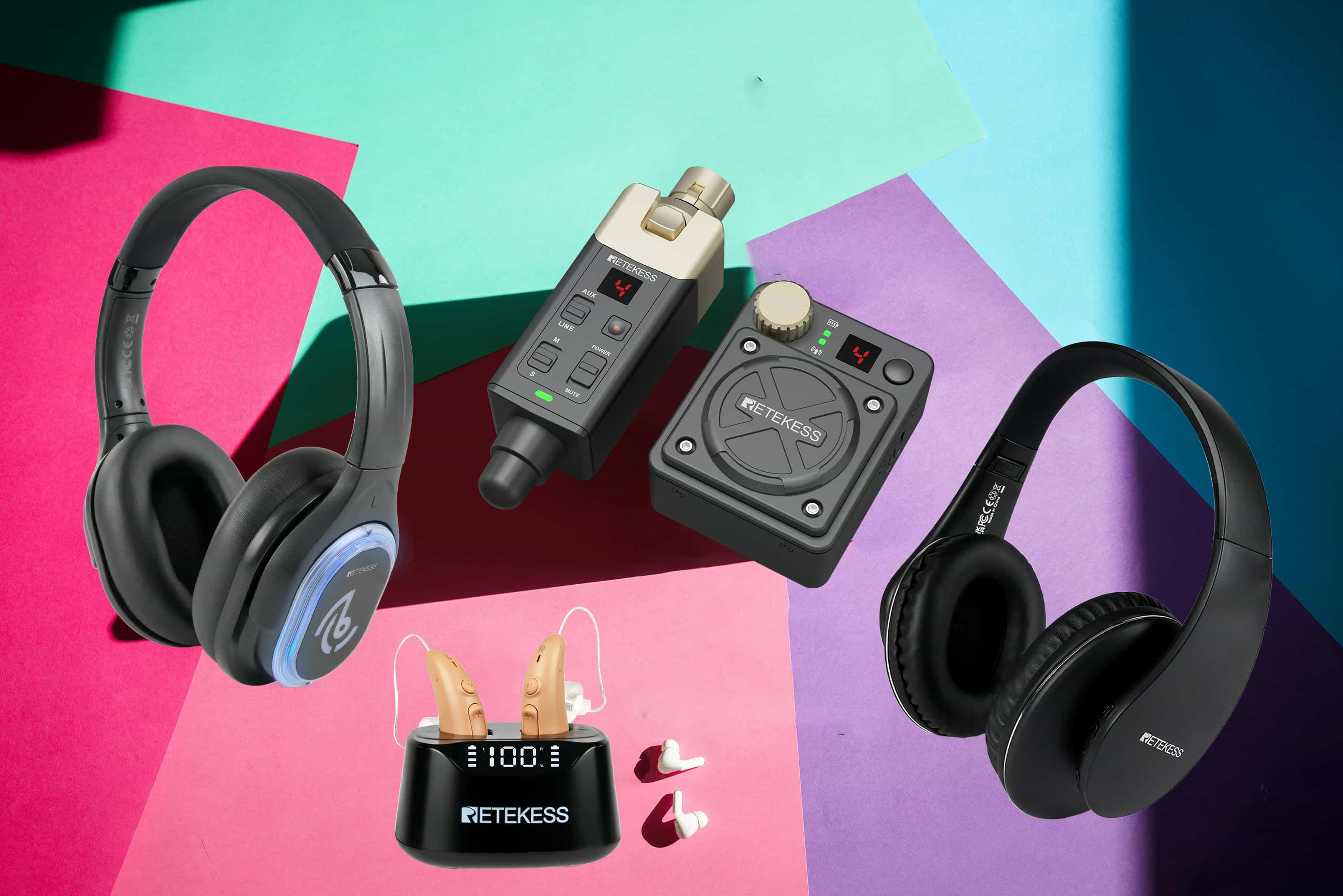
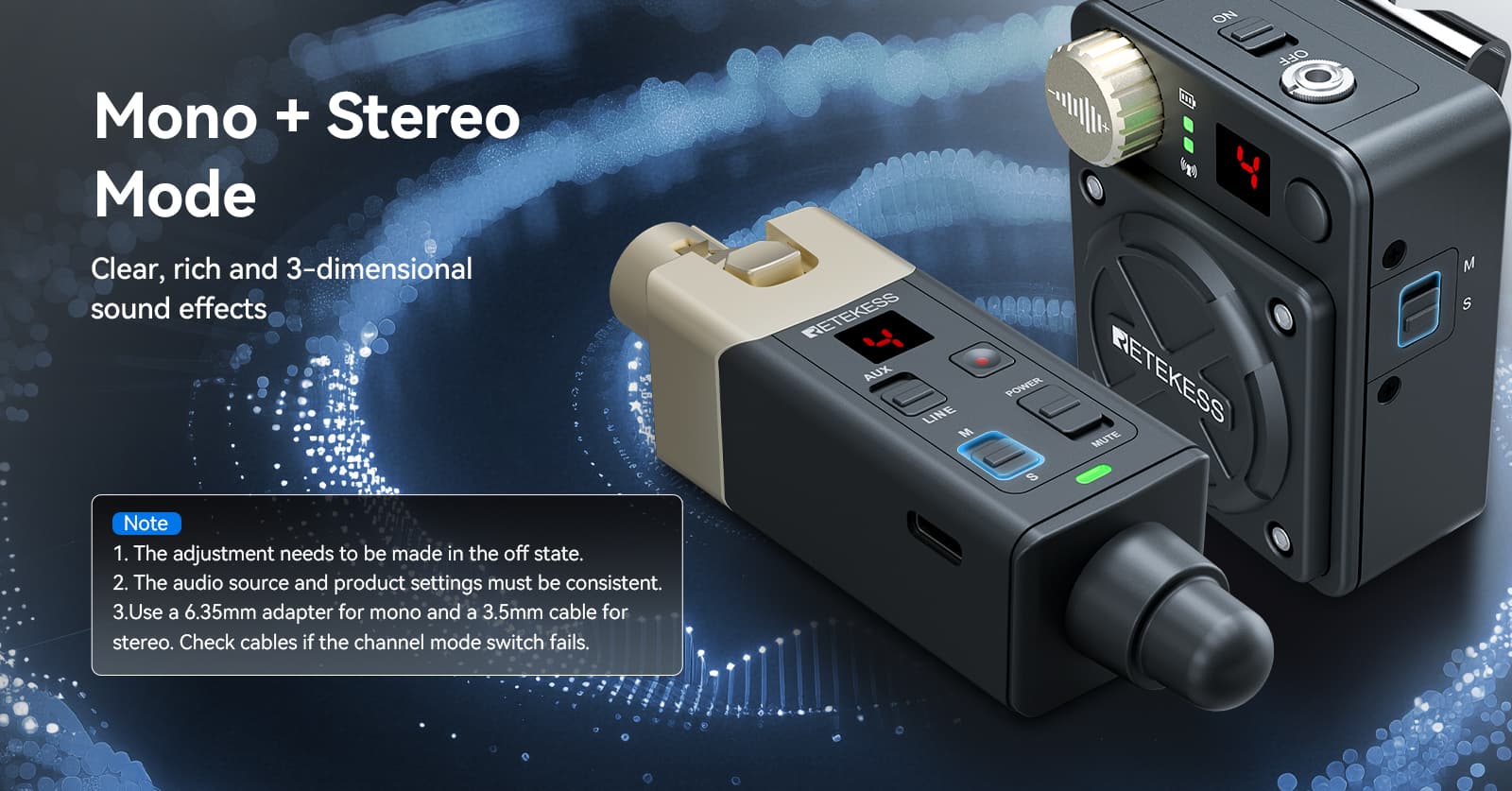


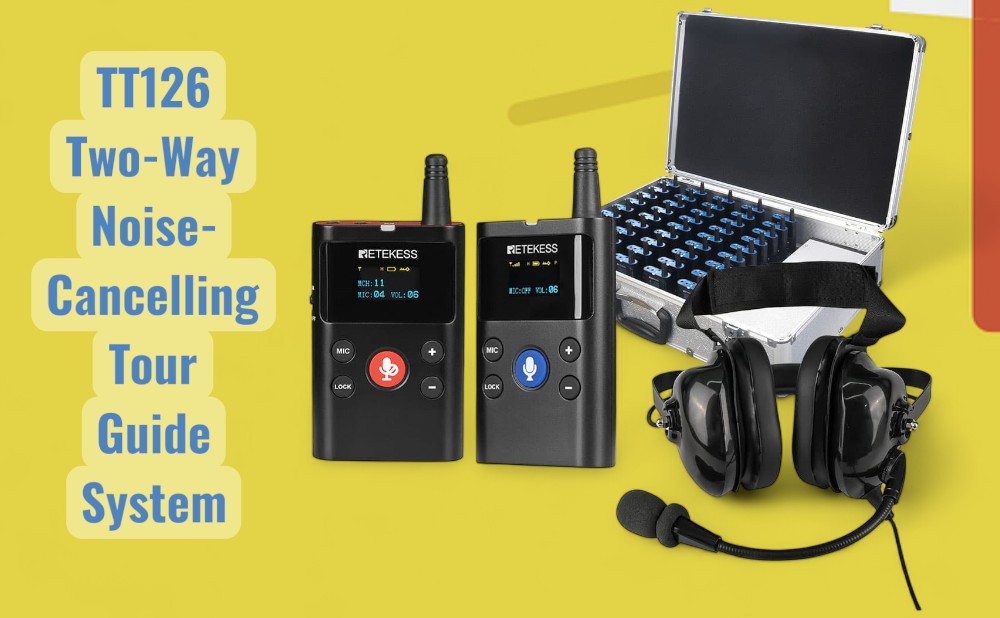
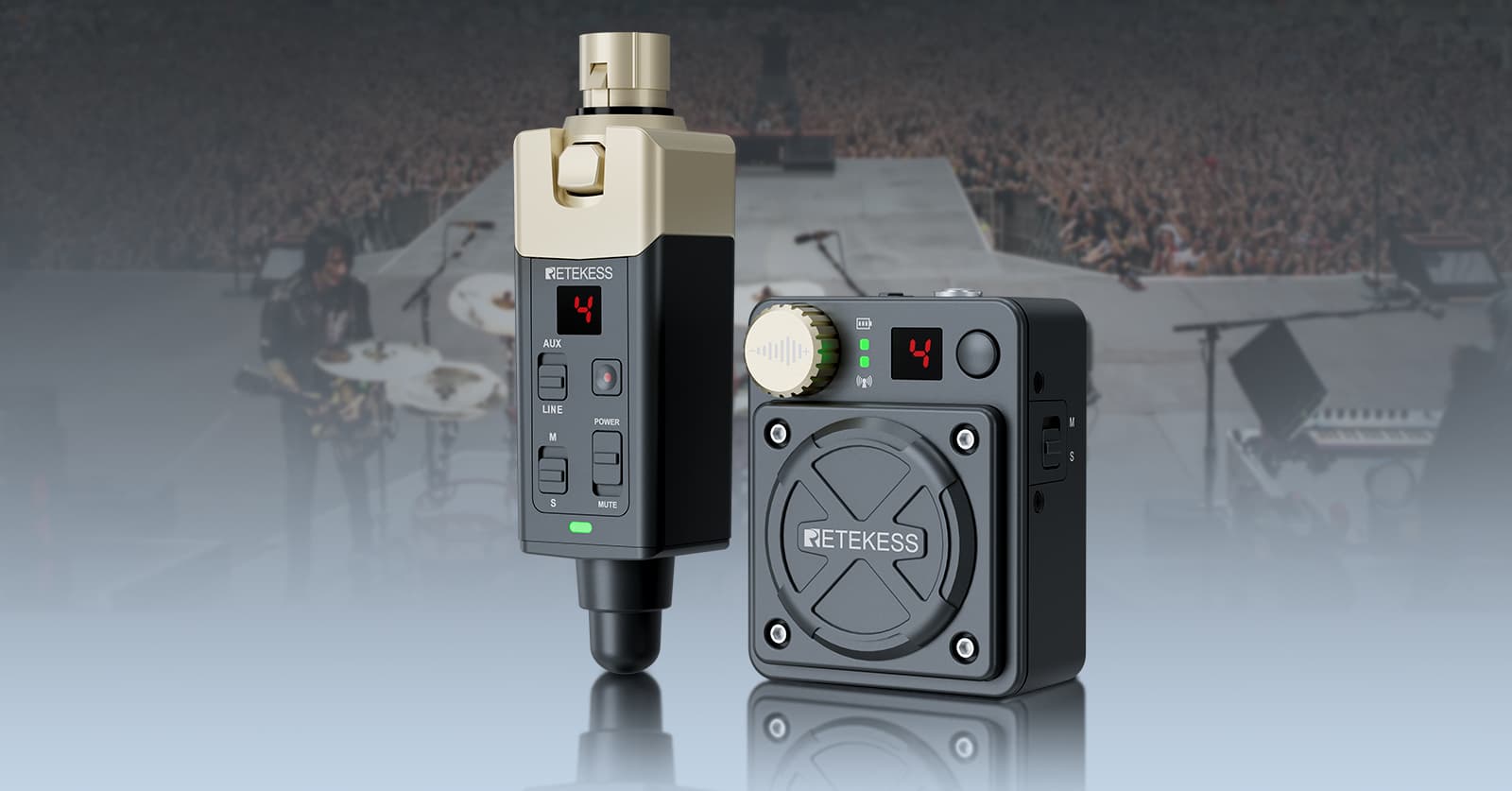


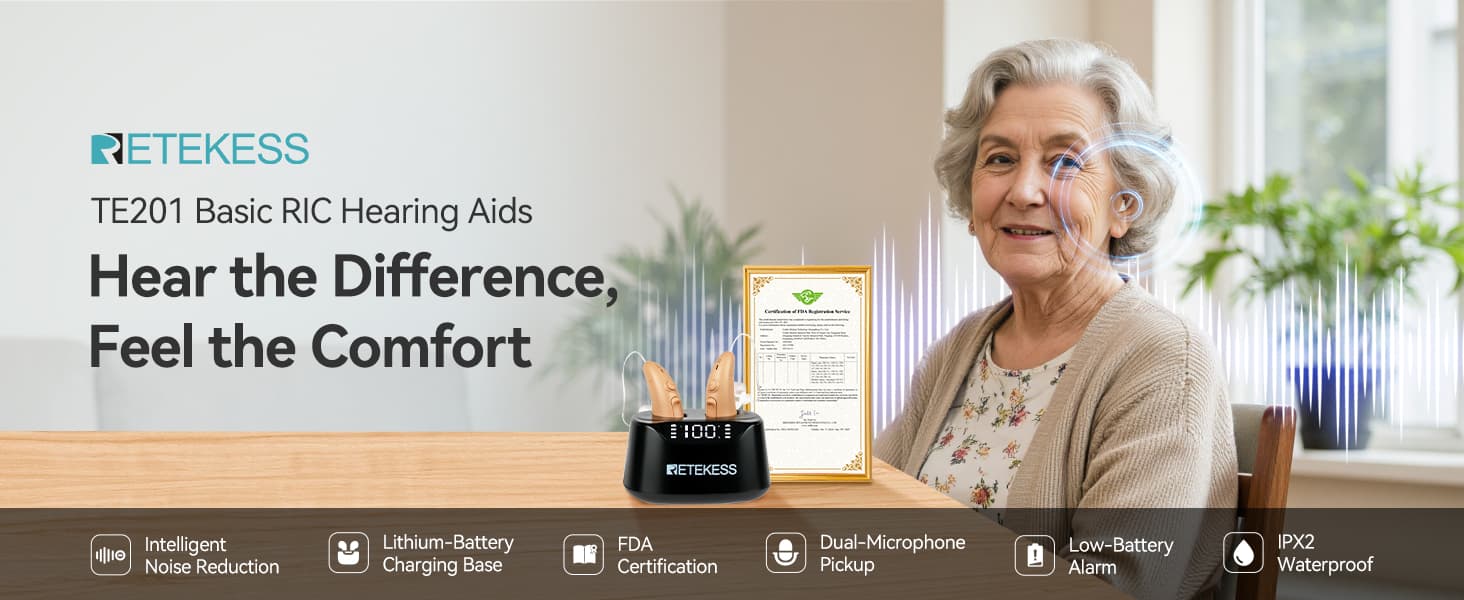
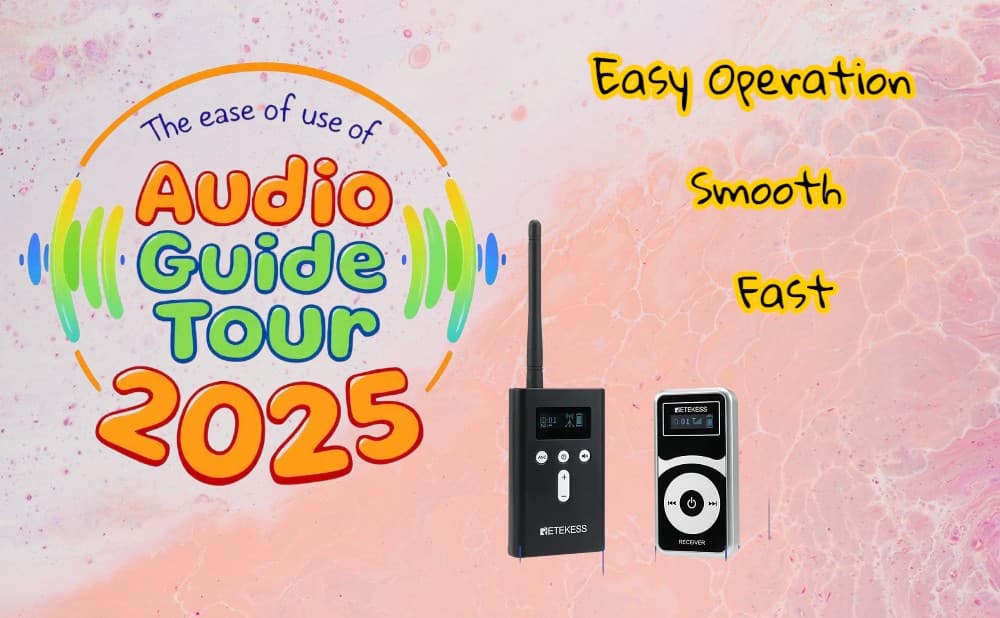
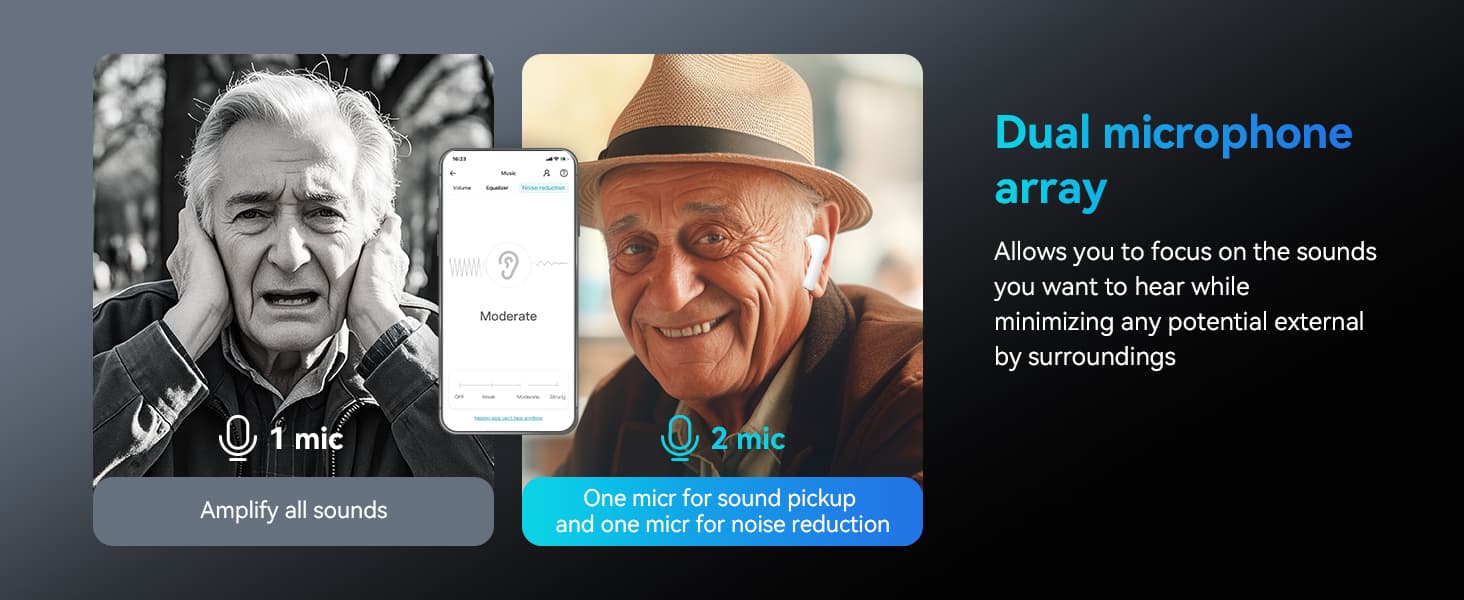
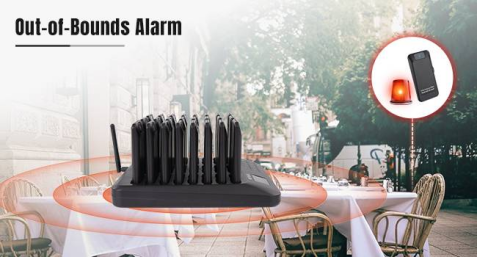



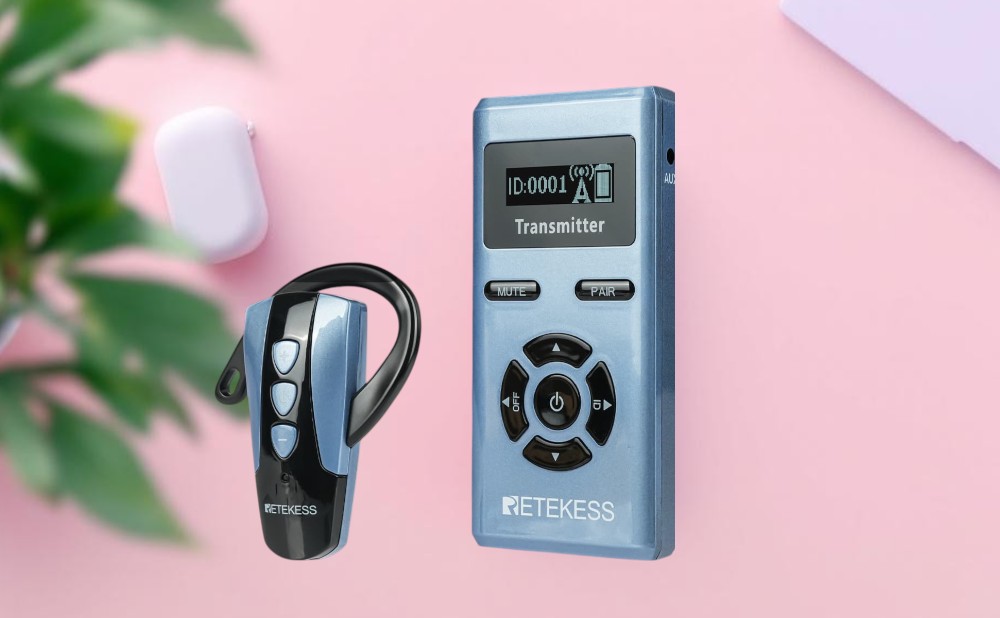





Comments (0)